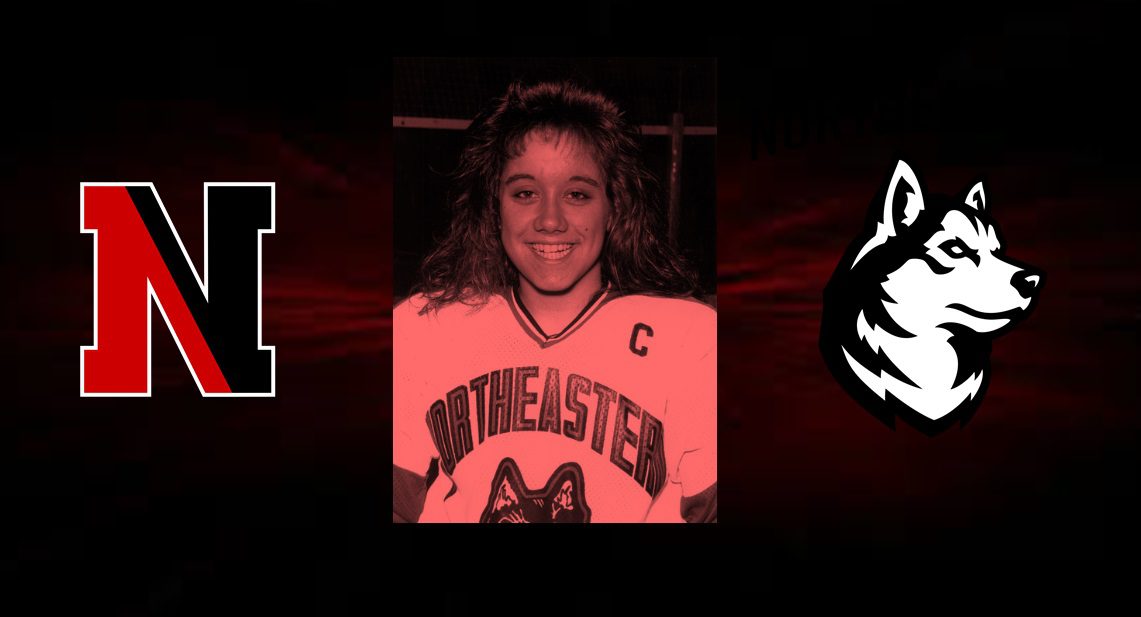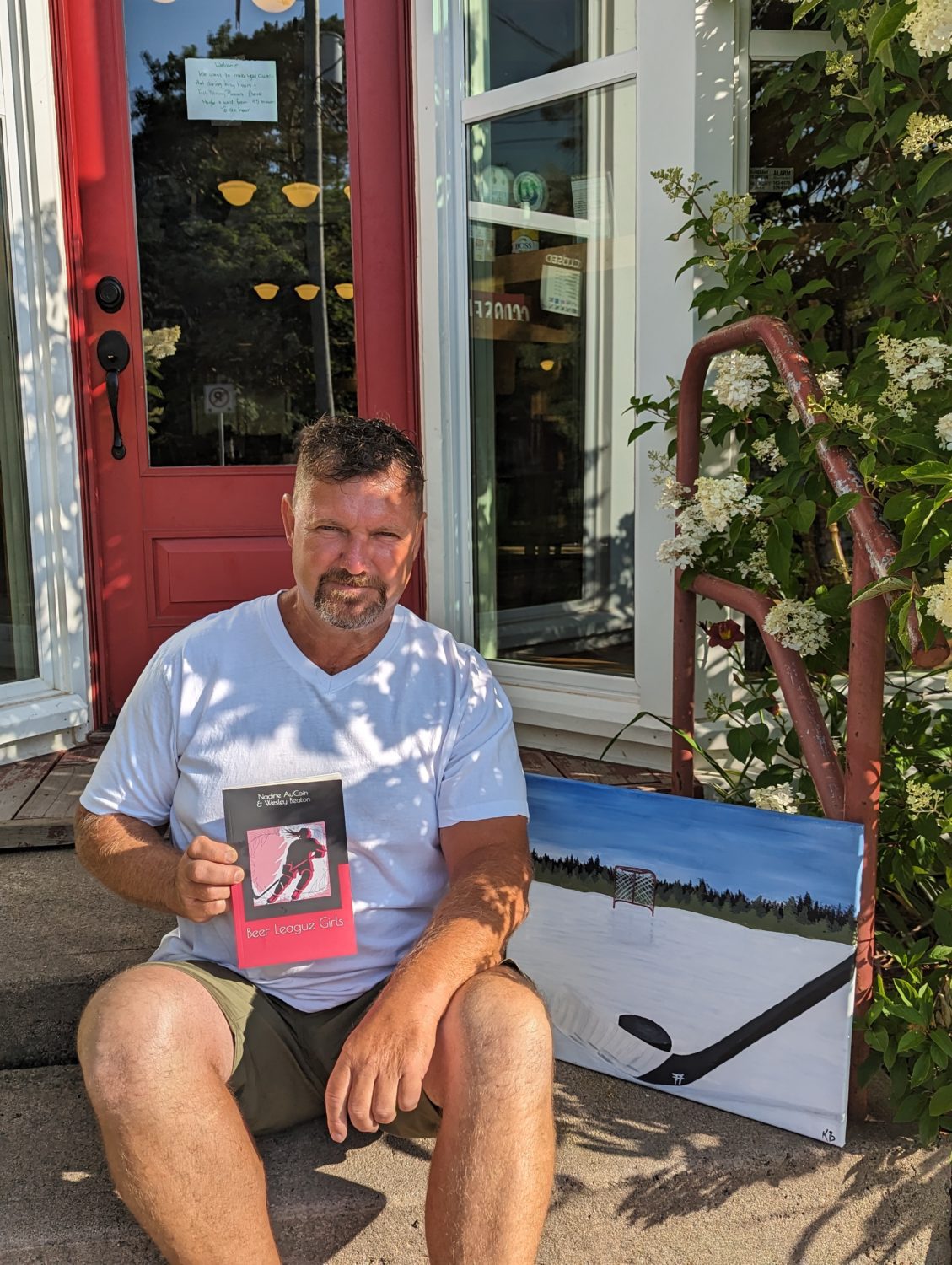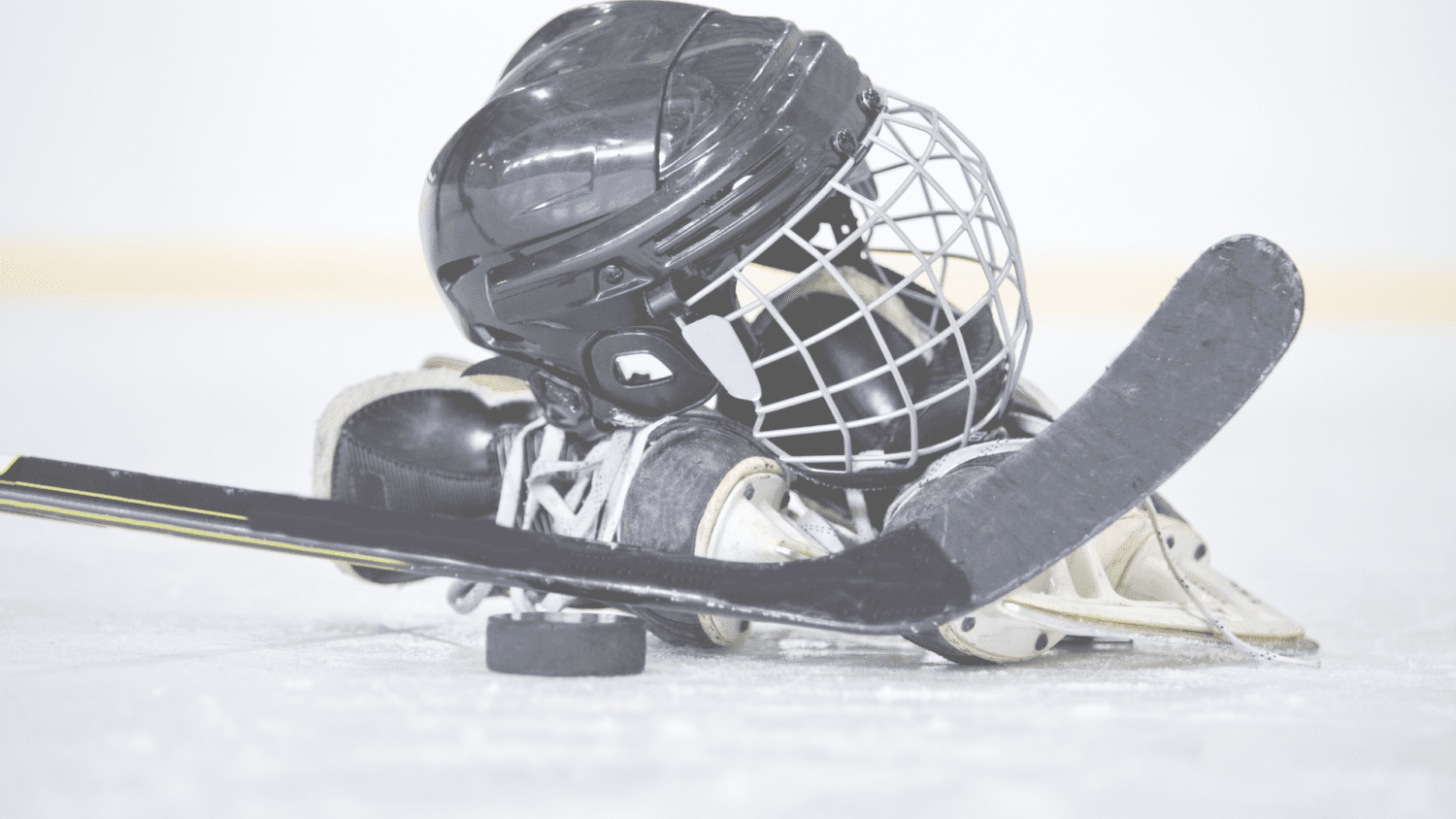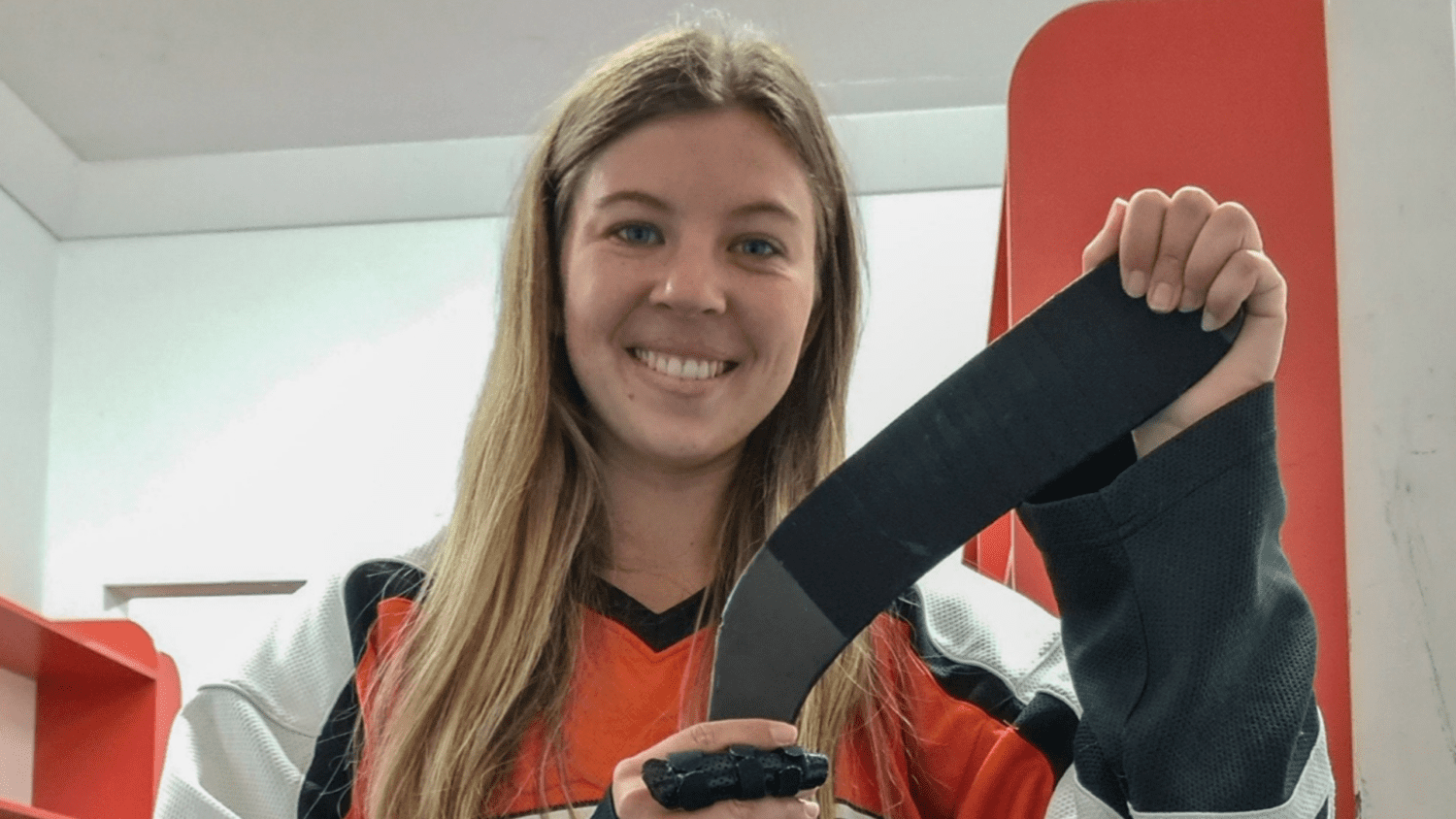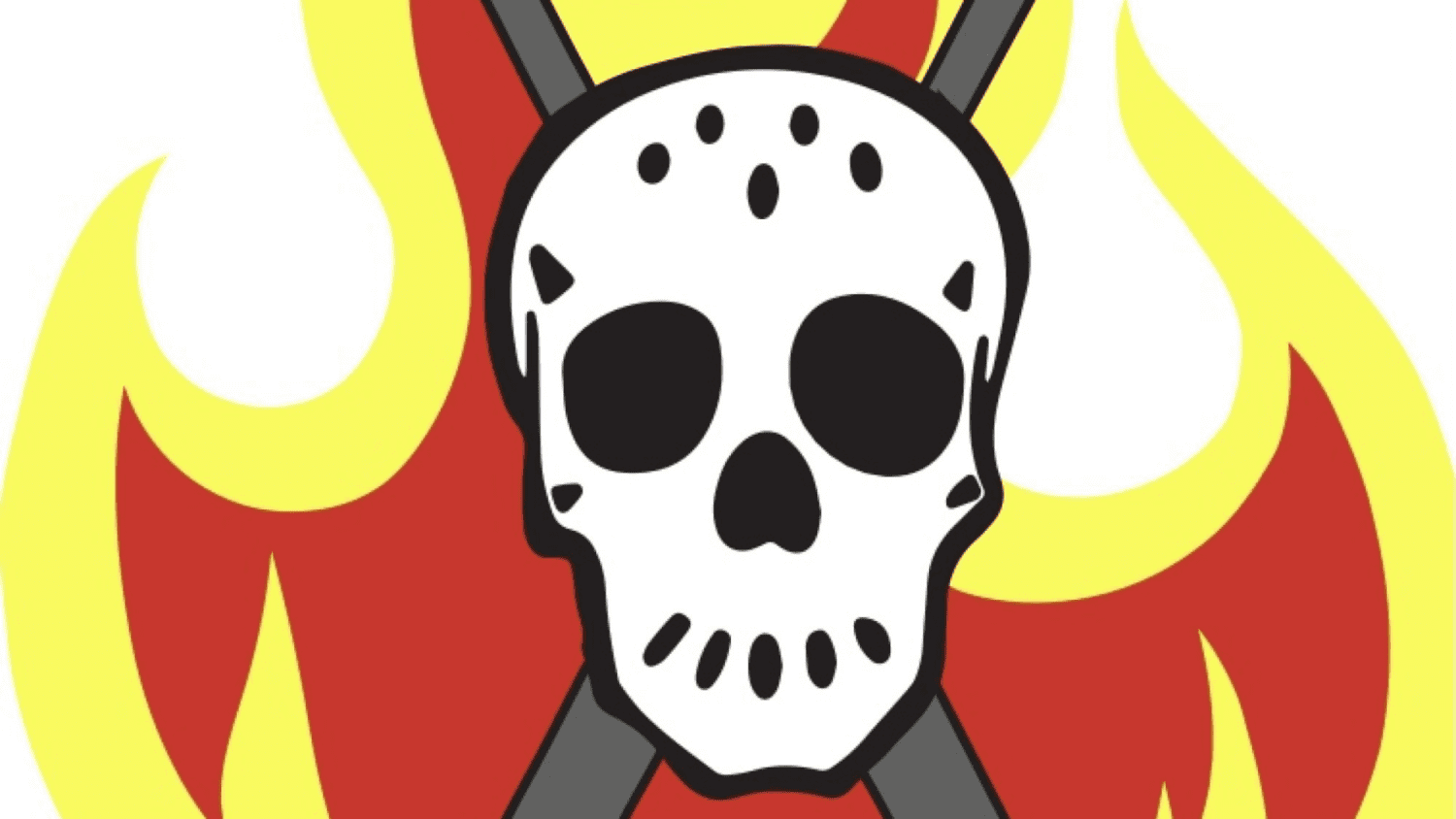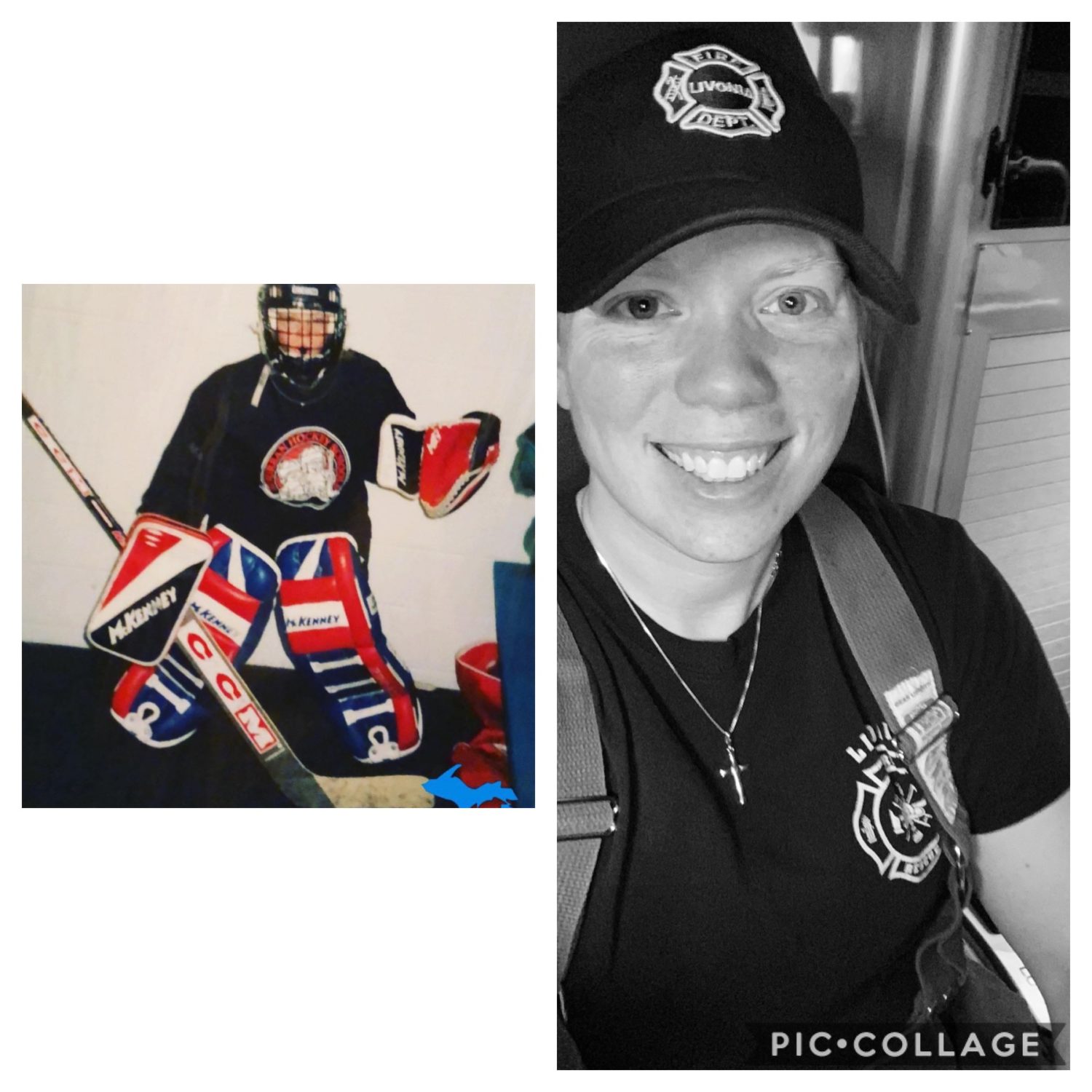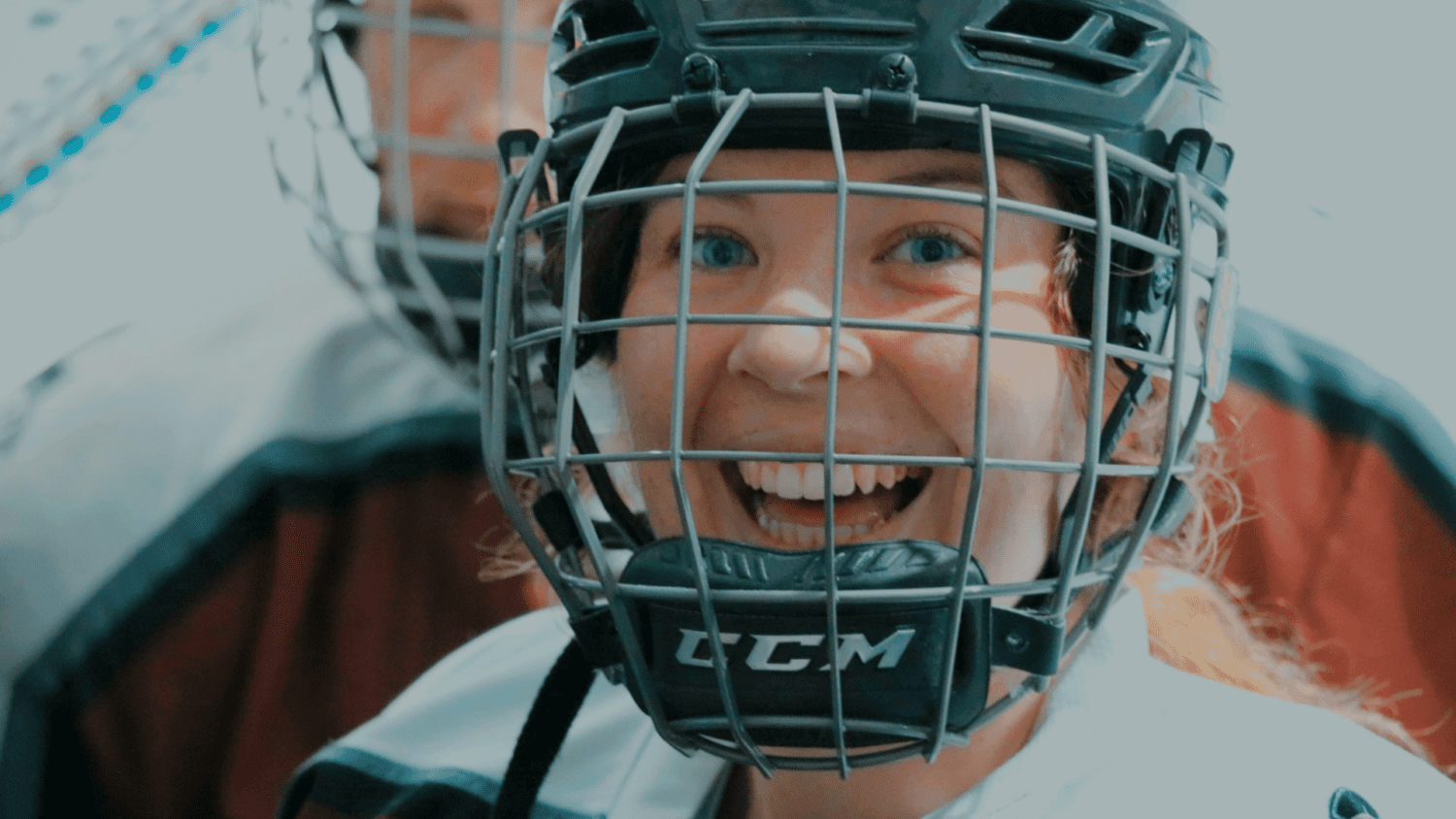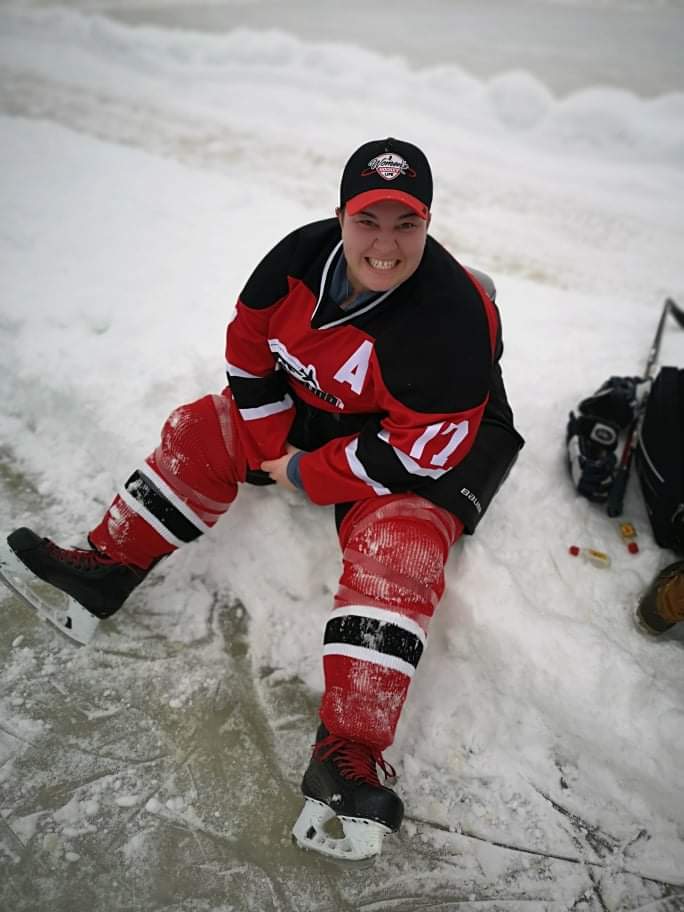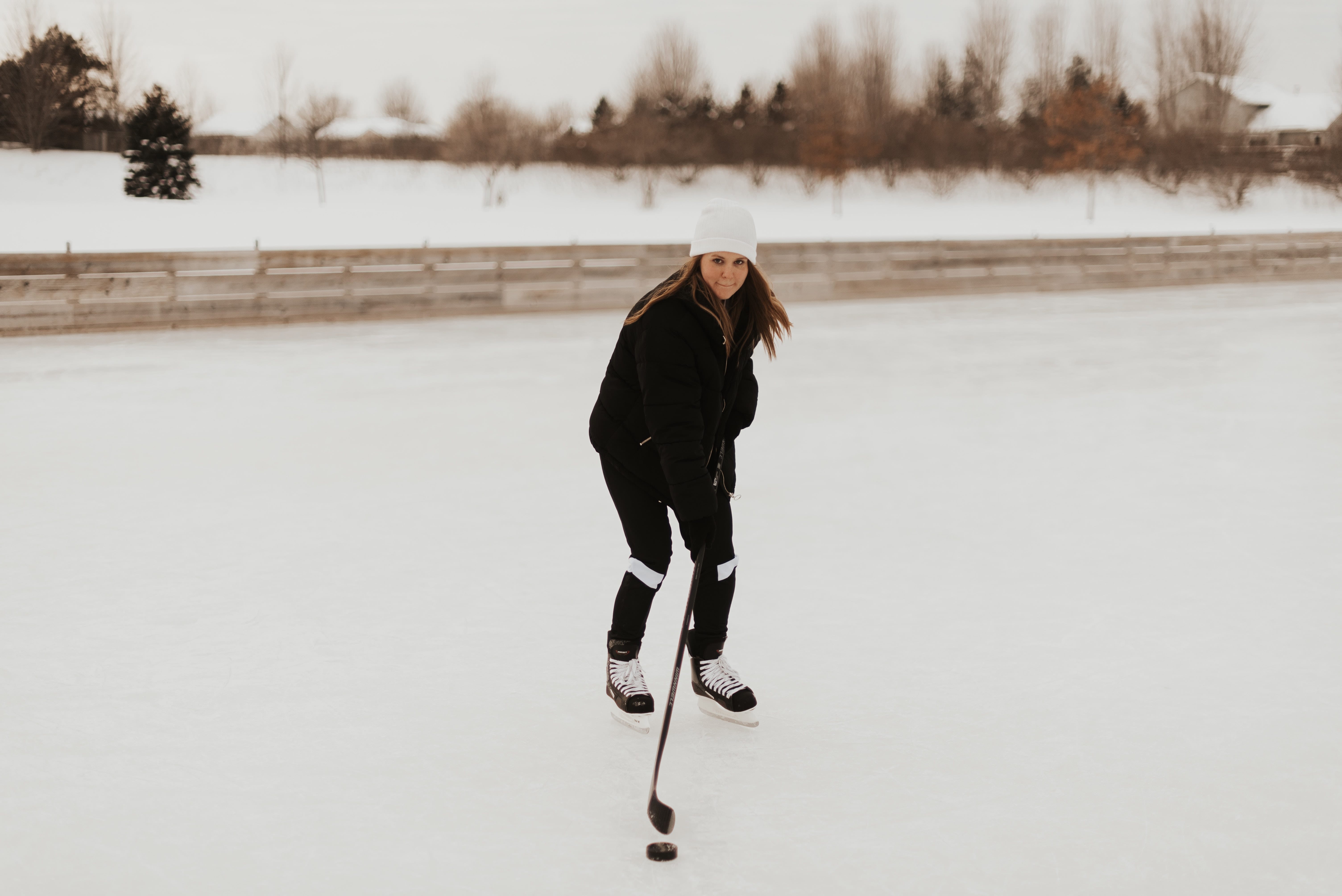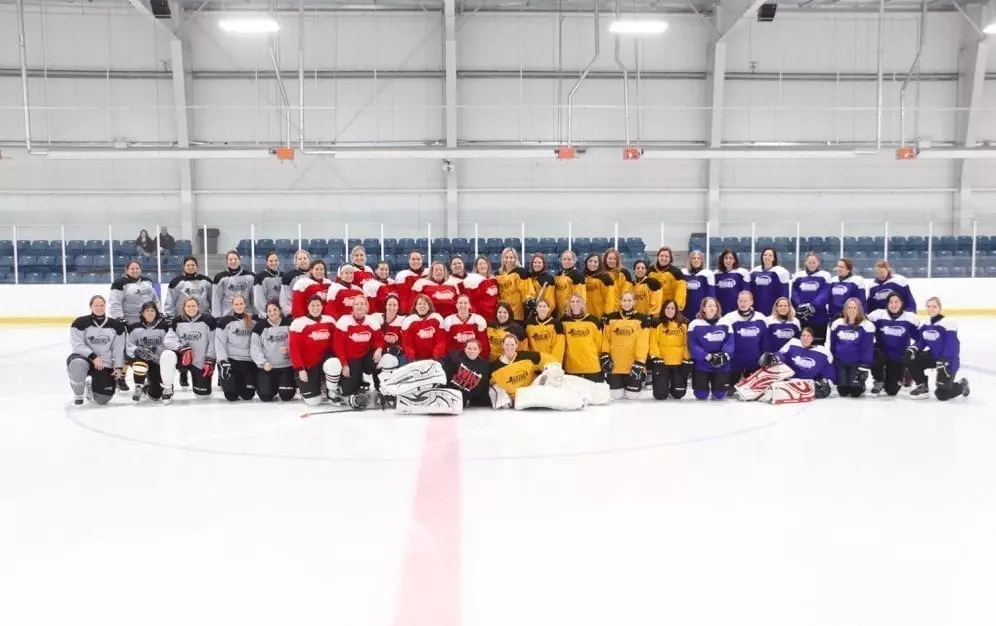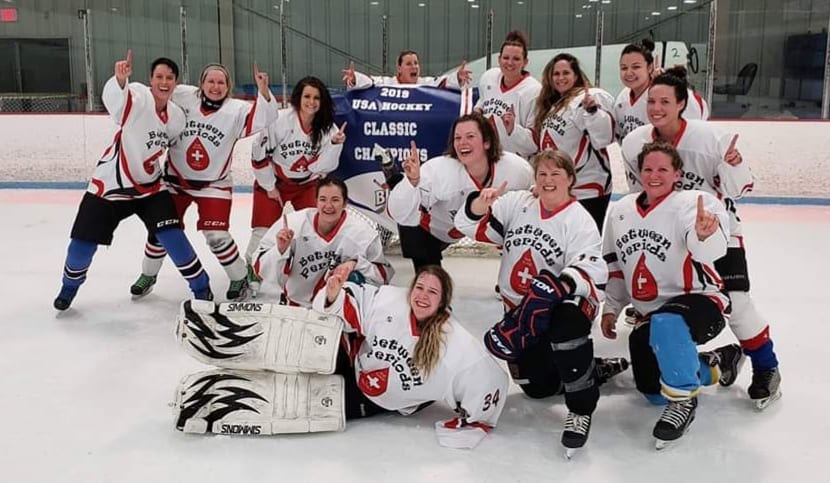As a kid growing up near Chicago, Illinois, I always wanted to play hockey. If you know anything about winter in Chicago, you know it is cold and there aren’t a lot of opportunities for outdoor activities for several months. So pretty much everyone I grew up with learned to skate at a young age, including me… you could go to the rink, skate for hours and be in a cold, but controlled environment without the wind.
I took my first skating lessons at age five and instantly loved the feeling of being on the ice. I went to lessons weekly for about 12-14 weeks. When the lessons ended, I knew I wanted to skate more, but winter was over so I would have to wait.
The next year, my mom asked if I wanted to take more skating lessons at Ridgeland Commons (the rink). I replied that I wanted to play hockey. It was 1975 and my mom simply responded that “girls don’t play hockey.” I had no response for that other than to say, “But I want to play hockey.” I was told I could take basic skating lessons again or nothing… I chose the basic skating lessons simply to be on the ice and skate. I worked my way through pre-Alpha, Alpha, and Beta levels before the season ended.
The next winter came ’round in 1976 and again I was offered skating lessons. I repeated my request to play hockey, but this time I had what I felt was a trick up my sleeve. My mom replied that “girls don’t play hockey.” “A-ha!” I said, “Deirdre LeFevour plays hockey AND SHE’S A GIRL!”
My mom was nonplussed and said, “Well, you’re not Deirdre LeFevour and I’m not her mom.”
I agreed to “normal” skating lessons for the third year. I completed Gamma and Delta levels and began Freestyle 1. The thing was, I absolutely loved being on the ice and I still desperately wanted to play hockey, but I really did not care for learning the jumps and spins. In hindsight and now trying to learn edges at nearly 50, I realize that was foolish—figure skaters really know how to use their edges!
As the winter of 1977 approached, I knew I did not want to take figure skating anymore. When my mom offered lessons that year, I said no. I skated with friends at public skates and birthday parties. I had no formal lessons until returning to the ice for one more set of lessons in 1980. I went back to give figure skating another chance (and my mom still wouldn’t let me play hockey). I completed Freestyle 1 and started Freestyle 2, but still found figure skating to be just meh. Whereas, I loved hockey and watched whenever I could (including my high school team).
I did not skate again until 1992 when I began graduate school at the University of Denver. I took to the ice on a weekend night when the hockey team was traveling (otherwise, the rink would have been in use and we would have been at the game). To my surprise, I could still skate—backwards crossovers, front crossovers, even some of the jumps and spins and hockey stops. I immediately found that connection with being on the ice again. Denver did not have any women’s hockey programs at that time, but I had learned by then that girls do indeed play hockey. Sometime around 1988, I read an article about the now legendary Cammi Granato. She had grown up in a suburb of Chicago and had played hockey with her brothers. It made me happy to know girls could play hockey, but I was not sure I would ever get that chance.
I moved through life: completed my BA, MA and a JD. I passed the California bar exam on the first try and became a litigator. I got married and became a mom… and I still loved hockey. I loved that there were so many girls playing. When I was 48 it dawned on me: I am an adult now and I can play hockey if I want! It took some searching, but I found a way to try it out. The Northern California Women’s Hockey League has a “give hockey a try day” twice a year. I contacted them and got my name on the “interested” list. Then the email came and registration was open. I signed up within five minutes of getting the email and got the very last spot.
In the weeks leading up to my big day, I was like a kid waiting for Christmas. I was so filled with excitement; I could finally try hockey. I had never worn hockey skates and had no idea how to put on hockey gear. In anticipation of “my big day,” I watched YouTube videos about how to dress, what each piece of gear is and how it’s used, and videos about the differences between hockey skates and figure skates.
When the day finally arrived, I went in the morning and watched my daughter perform in a singing competition (she did great). Then I went to the rink. They told us to allow an hour to get dressed for the first time and that was about how long it took all of us, as we nervously put on our gear and chatted. I was the oldest person there by at least a decade, but everyone thought it was so cool I was trying it out.
When I took to the ice, I “skated” as best I could and all I remember is simple elation. It felt like I got on the ice in the gear and I was meant to play hockey. I loved it. I loved it more than I anticipated loving it. After the two hours on the ice, I got undressed and left. On the way home, I called one of my good friends (we go to Sharks games a lot and she loves hockey) and told her that it was even better than I ever imagined…. With tears of joy streaming down my face. As I continued the drive from Redwood City to Oakland, it occurred to me how it was also bittersweet. I was elated with playing hockey and realizing a life-long dream, but I was also really mad because I had missed 40 years of hockey.
Give Hockey A Try Day was almost a year and a half ago now. I am on the precipice of 50 and I skate an average of four days per week (and ideally six). The joy that I get from playing remains even when I am sometimes frustrated with my progress. My skating has improved, but I’m still trying to gain comfort and trust in my outside edges. I am trying to remember that really learning to skate and play is a process. It took a while, but I finally realized that after less than 18 months I was not going to be Natalie Spooner or Brianna Decker.
I am grateful for the opportunity to have realized a dream, to take to the ice and skate, and to show my teenaged daughter that you CAN do it—even if it takes time to get there.
[adrotate group=”1″]
Related Articles
Categories
Recent Posts
[adrotate group=”2″]

